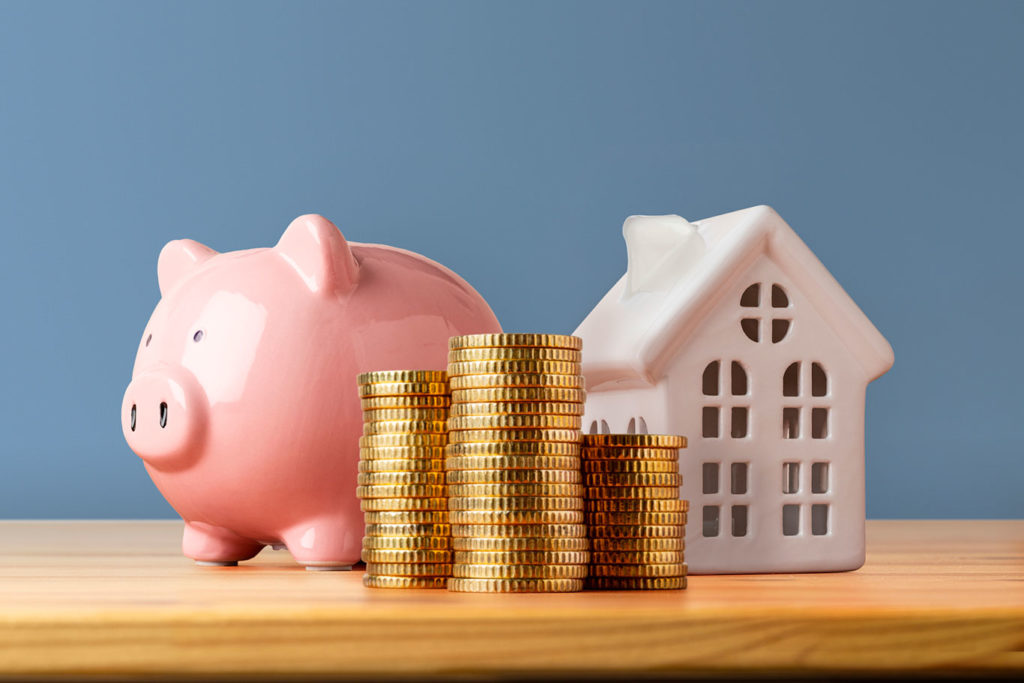Mortgage rates topped 7% this week, a key psychological threshold, in a sign of the US housing market’s unrelenting affordability challenges.
The average rate on a standard, 30-year fixed mortgage was 7.04% in the week ending January 16, according to a survey of lenders released Thursday by Freddie Mac. It’s the fifth consecutive weekly increase and the highest level since May.
Mortgage rates this week were nearly a full percentage point higher than in late September, when the Federal Reserve began to cut interest rates. The yield on the 10-year US Treasury note, which influences mortgage rates, ratcheted higher over the past several weeks on signs of stubborn inflation, but tumbled Wednesday after the latest Consumer Price Index showed progress is back on track.
The Fed has signaled only two rate cuts this year, which may not come until later in the year, according to Wall Street’s expectations.
In addition to elevated borrowing costs, homebuyers are also contending with home prices that are hovering around all-time highs; and in some regions, surging home insurance premiums.
Buyers could be stuck waiting a while for any meaningful relief: Economists do not expect the housing market to improve much this year as mortgage rates will likely remain above 6% through 2026. That dashes any hopes of homeownership for first-time buyers and low-income households living in metropolitan areas seeing rapid home-price growth such as New York and San Diego.
“The underlying strength of the economy is contributing to this increase in rates. Despite rising rates, Freddie Mac research highlights that consumers can save money if they shop for several different lender quotes,” said Sam Khater, Freddie Mac’s chief economist, in a release.
Hopes for relief
For decades, demand for housing has outstripped supply nationwide. Freddie Mac estimates there is a housing shortage of 3.7 million units.
“We have an affordability crisis, a housing shortage and for the first time in my lifetime, parents feel the American dream is slipping away from their children,” Scott Bessent, whom President-elect Donald Trump nominated to be his Treasury secretary, said during his confirmation hearing Thursday on Capitol Hill.
However, there were some welcome improvements on that front last year. Total housing inventory increased throughout most of 2024, according to data from the National Association of Realtors, registering at 1.33 million units in the end of November, up 17.7% from a year earlier.
Some homeowners who had locked in a low mortgage rate before the Fed began to hike interest rates in 2022 have finally thrown in the towel and decided to sell, despite the fact that their new mortgage rate will be higher. That has contributed to the uptick in housing inventory. NAR chief economist Lawrence Yun has said life events such as marriage, divorce and new children eventually force homeowners to sell.
But that phenomenon — known as the lock-in effect — might not come undone a whole lot this year, according to economists. That means persistent housing shortages could continue to push up prices. To make matters worse, persistently elevated borrowing costs could also pump the brakes on the pace of home construction.
Owning a home has become a pipe dream for Jeff Howard, a 35-year-old renter living in Atlanta. Not only has Howard struggled to find a job after obtaining a master’s degree in health care administration in 2019, but he has also maxed out all his credit cards, making homeownership a far-fetched financial goal.
Waiting on the sidelines has proven to be Howard’s best option.
“I’m just watching the news on what the Federal Reserve does with interest rates and just waiting for the housing market to burst open,” Howard said. “I don’t foresee owning a house anywhere in the near or medium term.”

